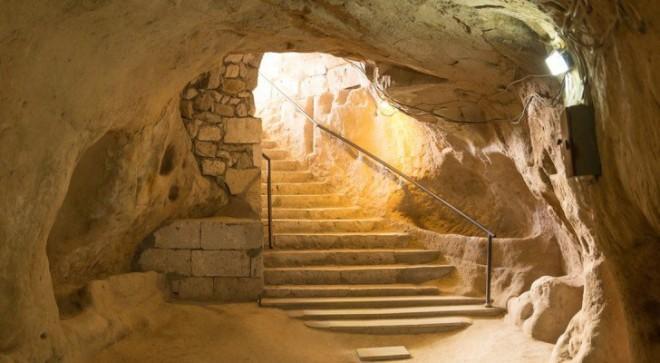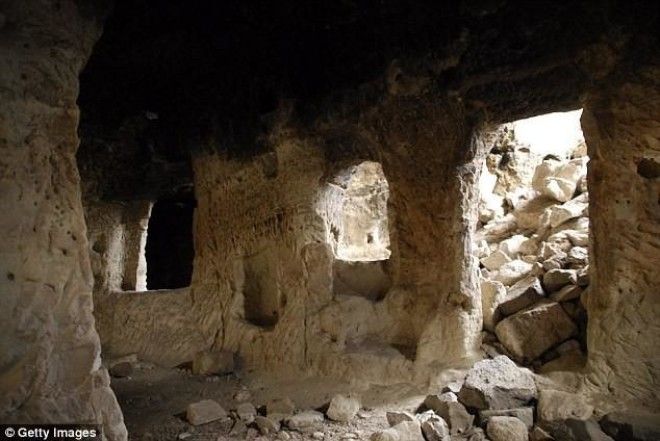
ome worlds fall through the cracks of history books and news outlets, only to remain a mystery. And imagine, if a whole town can flash before our eyes and become a pitstop on the highway, what about what’s beneath us? Buried history.Cappadocia is a region in central Turkey known for its otherworldly natural sites. In ancient times, Cappadocians escaped invaders by hiding underground in one of the 250 subterranean safe havens they had created by carving out pliable volcanic ash rock called tuff. But perhaps the biggest discovery of this area to date is now underway.
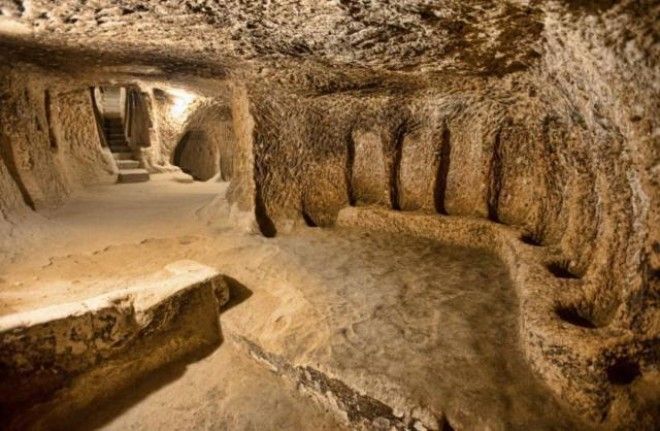
In December 2014, a 5,000-year-old underground city in central Turkey was found. Thought to be the largest in the world, it was excavated during an urban transformation project for Turkey’s Housing Development Administration’s (TOK?) in Nev?ehir province of Central Anatolia. The developers came across a giant underground network of cave tunnels, escape galleries, and chambers that covered more than 3.5 miles. And although almost $35 million was spent on the project, the construction was brought to a halt and the ancient metropolis that lay beneath the modern world became protected property, being registered with Turkey’s Cultural and National Heritage Preservation Board.
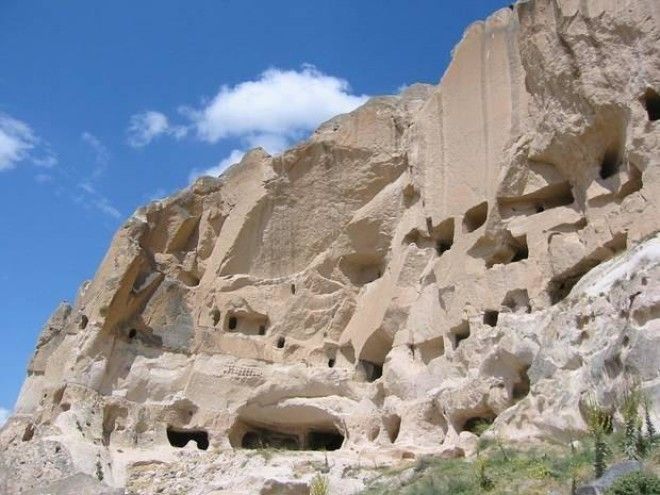
Thus far, a network of carved rooms, tunnels, hidden churches, wineries, and various artifacts have been unearthed, and are assumed to date back 5,000 years ago. Of it potentially being the world’s largest underground city, the verdict still remains, but it certainly is larger than any other archaeological site in Nev?ehir, known for many underground cities and villages, including
Advertising
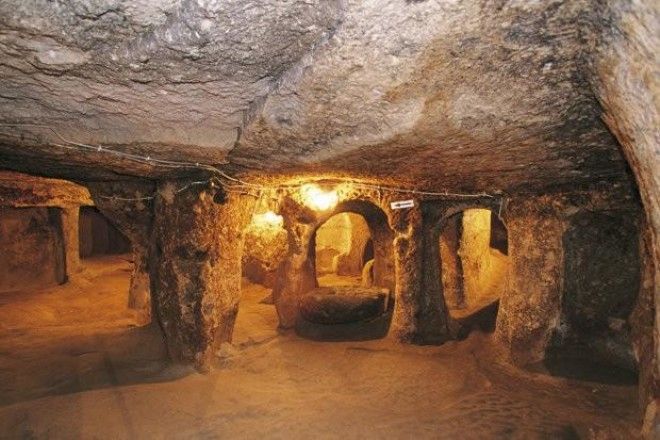
Much is still a mystery surrounding this discovery, but archaeologists are beginning hypothesize the purpose of the city. “We believe that people who were engaged in agriculture were using the tunnels to carry agricultural products to the city. We also estimate that one of the tunnels passes under Nev?ehir and reaches a faraway water source,” Özcan Çak?r of the Çanakkale Onsekiz Mart University said.
“This new discovery will be added as a new pearl, a new diamond, a new gold” to Cappadocia’s riches, Ünver told National Geographic. His hopes are to build “the world’s largest antique park,” which will be complete with boutique hotels and art galleries aboveground. Underground, walking trails and a museum will be the focus. “We even plan to reopen the underground churches,” he said.
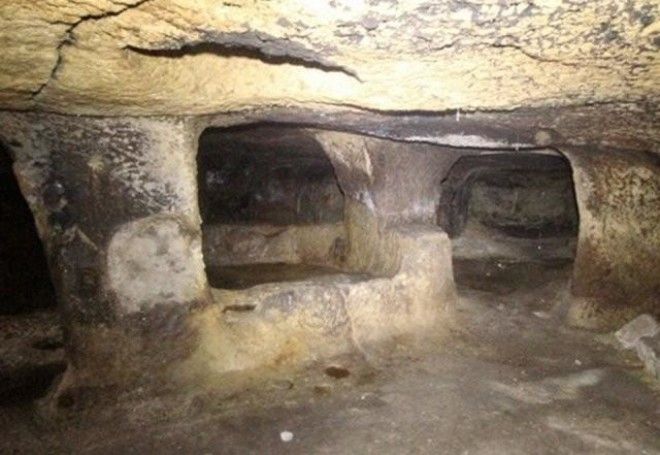
It’s an intriguing discovery, both exciting and humbling, proving that history has no limits, and there is still so much to be discovered about time long ago.
